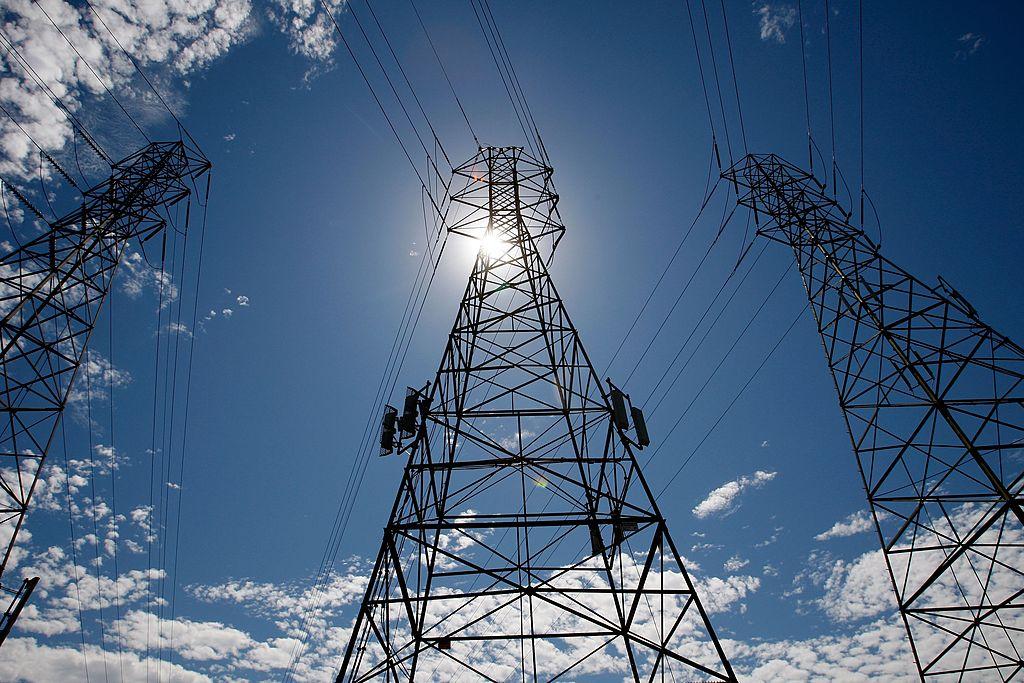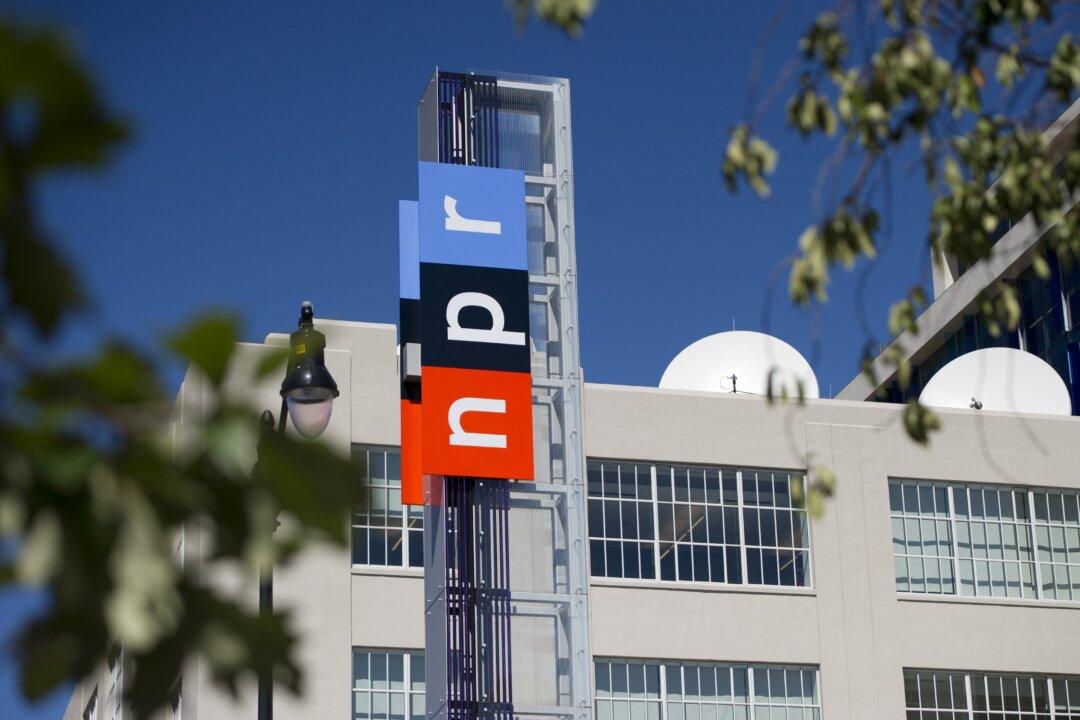Commentary
The CEO of a former employer once asked me whether I thought it possible for the United States to operate its electric grid solely on renewables. The question startled me. Was it meant in jest? No, I was assured, it was a serious question. I respected the CEO both as an engineer and a business person. It was difficult for me to believe that he was seriously in doubt of the answer from either perspective.





